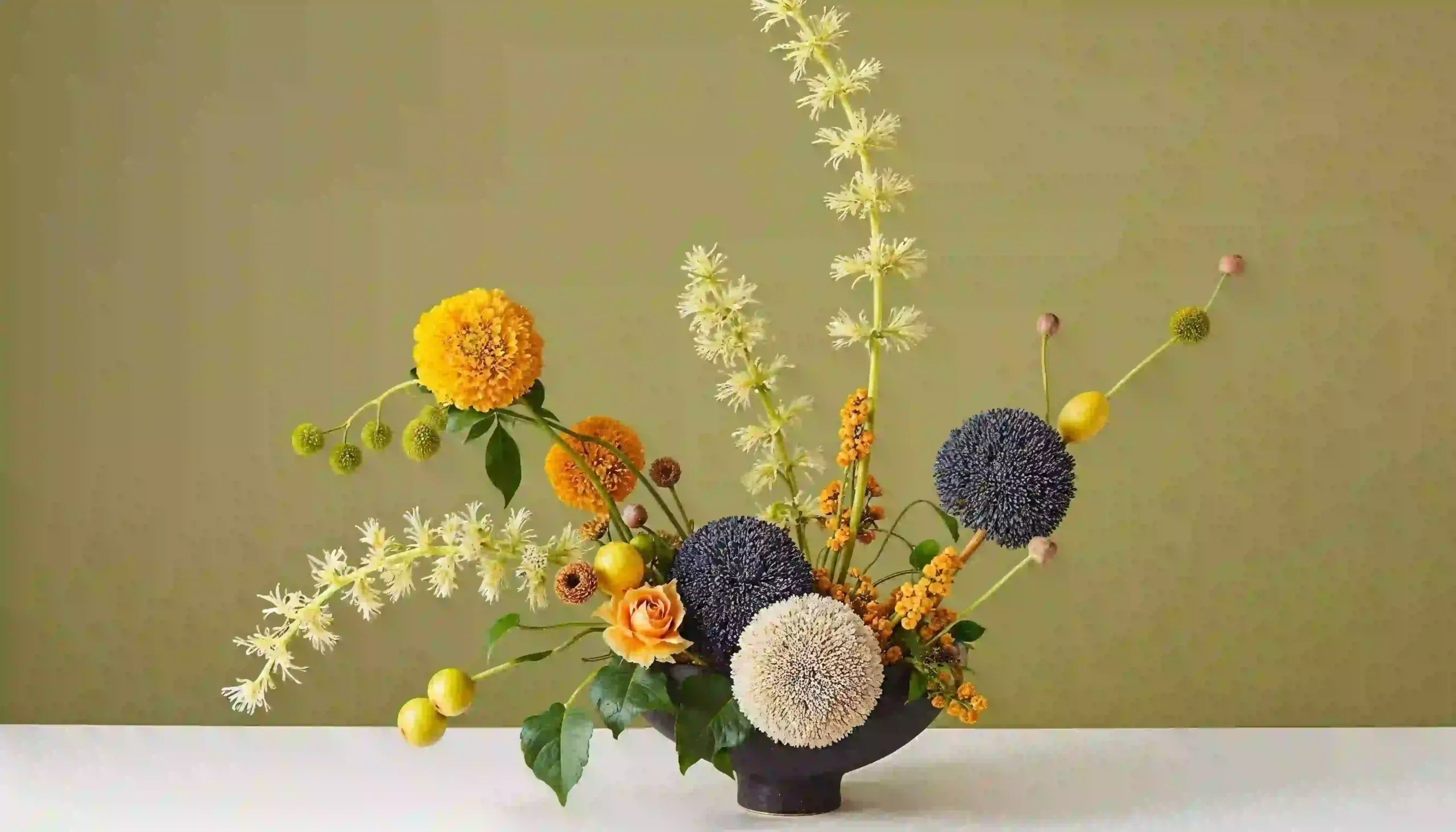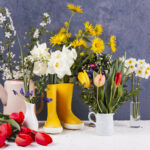Plants & Flowers: Nature’s Timeless Beauty and Modern Power
What if I told you that a simple flower on your desk could reduce stress, boost focus, and even improve your health? It sounds poetic, but science backs it up. Plants and flowers are more than just decorations—they are natural healers, economic powerhouses, and ecological lifesavers. Whether you’re filling your garden with vibrant blooms or brightening a room with a humble houseplant, you’re taking part in a tradition as old as humanity itself.
The Global Business of Beauty
Did you know the global horticulture industry is worth over $70 billion in 2024? That’s not just people buying roses on Valentine’s Day—it’s a sprawling network of nurseries, greenhouses landscapers, and florists. In the United States alone, people spent $71 billion on floral products in 2024, averaging $261 per person. Flowers and plants may look delicate, but the business behind them is booming.
-
U.S. floriculture sales in 2023 reached $6.7 billion.
-
Over 851 million square feet of space is devoted to floral production.
-
One study found that 68% of households purchase fresh flowers annually.
With numbers like these, it’s clear: plants and flowers are not just luxuries; they are essential to culture, economy, and well-being.
Plants as Wellness Allies
Have you ever wondered why you feel calmer in a garden or forest Research proves that plants reduce stress and promote well-being. Studies show that having indoor plants can lower blood pressure, improve memory retention by up to 20%, and even boost academic performance among students.
Think of it this way: one spider plant in your living room isn’t just purifying the air—it’s working silently to improve your mood. That’s why interior designers, offices, and hospitals increasingly rely on greenery to create healing environments.
Hook: If a single plant can do this much, imagine what an entire garden could do for your health.
Flowers: More Than Just Looks

Flowers aren’t only about fragrance and beauty—they are biological marvels. Bees, butterflies, and hummingbirds rely on flowers for survival, while humans rely on them for food. Fruits and vegetables, after all, begin with a blossom.
Here’s a fascinating stat: A recent Colorado study found that bees strategically visit different flowers to balance their diets—proteins from spring flowers fats and carbs from summer ones. Without diverse flowers, bees (and ultimately, our food system) would collapse.
Hook: When you plant a flower, you’re not just creating beauty—you’re feeding the world.
The Threat: 1 in 5 Plant Species is Endangered
For all their resilience, plants are under attack. Climate change, deforestation, and pollution have pushed nearly 20% of global plant species to the brink of extinction. Imagine a world without orchids, tulips, or even simple wild daisies. Beyond beauty, this loss threatens entire ecosystems, including food production and pollinator survival.
Hook: Every plant you grow is a small act of conservation.
Growing Your Own: Seeds of Happiness
Gardening has surged in popularity—especially after the pandemic. In fact, surveys show that 55% of American households now engage in some form of gardening. Why? Because growing plants is both therapeutic and rewarding. From tomatoes on the balcony to roses in the backyard, the act of nurturing life reconnects us with nature.
-
Gardening reduces stress hormones by 21%.
-
People who garden report higher happiness scores than those who don’t.
-
Children raised around gardens show better focus and responsibility.
Hook: Your hands in the soil are an investment in your mental health.
FAQs About Plants & Flowers
1. When is the best time to plant flowers?
Most flowers thrive when planted in spring or fall, depending on the variety. Bulbs like tulips are planted in fall for spring blooms, while annuals like marigolds prefer spring planting.
2. Should I start flowers from seed or buy plants?
Seeds are cost-effective and allow experimentation, but established plants are easier and quicker for beginners. For perennials, buying small plants ensures faster results.
3. What’s the difference between annuals and perennials?
Annuals live for one season, blooming and dying in a single year. Perennials return year after year, growing stronger with time. Mixing both provides continuous color across seasons.
4. What common mistakes do new gardeners make?
-
Planting outside their climate zone.
-
Overwatering or underwatering.
-
Ignoring soil quality.
-
Overcrowding plants.
-
Expecting blooms too quickly.
5. Why is plant diversity so important?
Plant diversity supports pollinators like bees and butterflies, ensures soil health, and stabilizes ecosystems. Without variety, both wildlife and humans face declining food security.
Conclusion – A Call to Cultivate
Plants and flowers are more than ornaments—they are lifelines. They clean our air, feed our pollinators, stabilize our ecosystems, and uplift our spirits. From billion-dollar industries to humble home gardens their impact is everywhere. But with one in five plant species endangered, the responsibility falls on us to protect, plant, and preserve.
So, whether you’re tending a balcony garden or walking through a wild meadow, remember: every plant has a story, and every flower you nurture writes a brighter chapter for our future.




Pingback: Plants and Flowers for Home & Garden Décor
Pingback: Plants & Flowers: Easy Growing Guide for Beginners